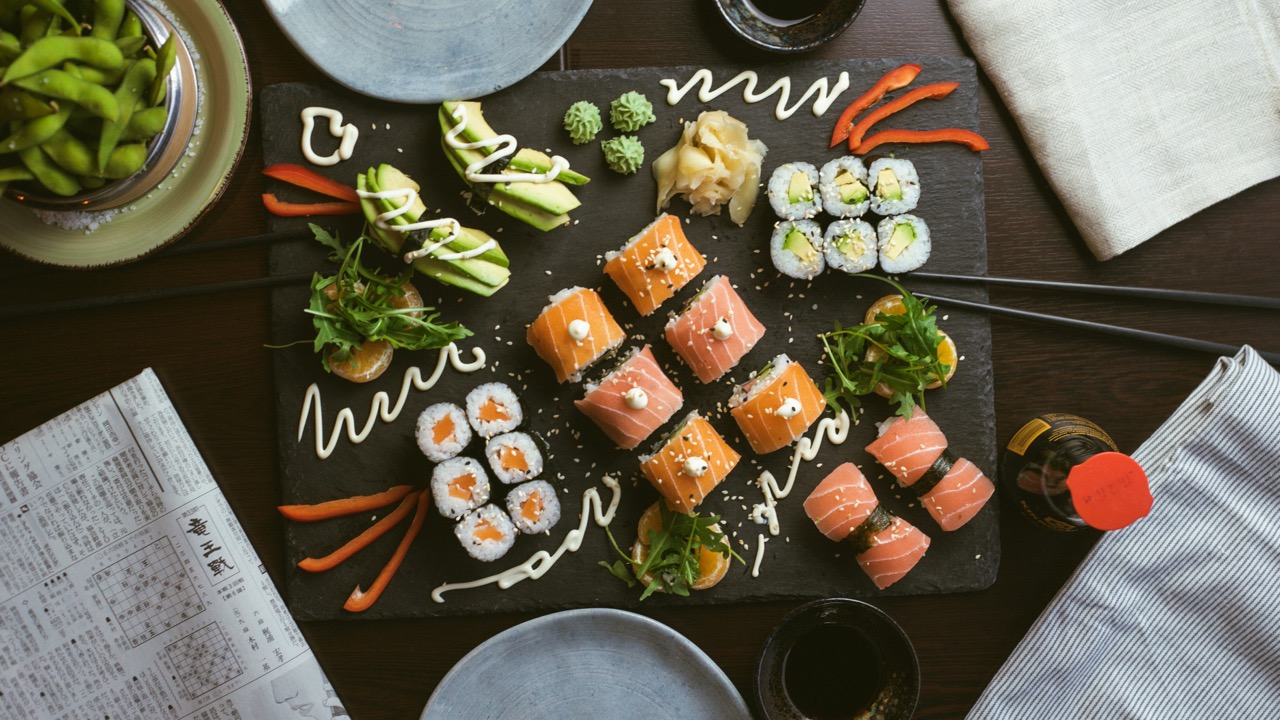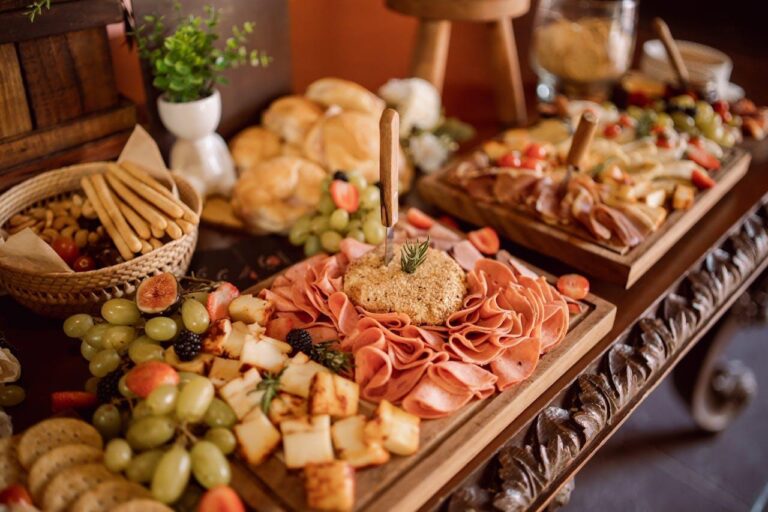The History of Cajun and Creole Cuisine in Louisiana
Cajun and Creole cuisine in Louisiana represents a blend of diverse cultural influences, reflecting the rich history of the region. From French settlers to Native American traditions, these two unique styles of cooking have become synonymous with Louisiana’s food culture. Understanding the history of Cajun and Creole cuisine in Louisiana allows us to appreciate the complexity and depth of these culinary traditions.
The Origins of Cajun Cuisine in Louisiana
Cajun cuisine traces its roots to the French-speaking Acadians, who were exiled from Canada in the 18th century. Upon settling in the bayous of Louisiana, these displaced people adapted their traditional recipes to the ingredients available in the area. This led to the birth of what we now know as Cajun cuisine.
One of the hallmarks of Cajun cuisine in Louisiana is its use of rustic ingredients and bold, smoky flavors. Dishes like gumbo, jambalaya, and boudin are staples of Cajun cooking, utilizing seafood, game meats, and local vegetables to create hearty and flavorful meals.
The Development of Creole Cuisine in Louisiana
While Cajun cuisine developed in the rural areas of Louisiana, Creole cuisine emerged in the city of New Orleans. Creole cooking is often seen as a fusion of French, Spanish, African, Caribbean, and Native American influences. Unlike Cajun cooking, which is often simple and rustic, Creole cuisine is more refined and cosmopolitan, reflecting the city’s diverse cultural makeup.
Dishes like étouffée, red beans and rice, and shrimp Creole are iconic in Creole cuisine in Louisiana, often utilizing tomatoes, a rarity in Cajun cooking. The use of roux, a French technique for thickening sauces, is a common feature in both cuisines, but Creole dishes tend to be more elaborate and flavorful, drawing on the influence of European and African techniques.
Key Differences Between Cajun and Creole Cuisine in Louisiana
Although Cajun and Creole cuisines share some similarities, they have distinct characteristics that set them apart. Cajun cuisine is more rural, with its flavors coming from a combination of fresh local ingredients like seafood, game, and wild plants. It is known for its spicy and hearty nature, with dishes cooked slowly over a low flame.
On the other hand, Creole cuisine in Louisiana tends to be more refined and city-based. It incorporates a wider variety of ingredients, including tomatoes, wine, and rich sauces. While both cuisines celebrate the use of the “Holy Trinity” of vegetables—onions, celery, and bell peppers—Creole cooking often includes more exotic ingredients like okra and allspice, reflecting its multicultural roots.
The Cultural Impact of Cajun and Creole Cuisine in Louisiana
The history of Cajun and Creole cuisine in Louisiana is deeply tied to the cultural identity of the region. Both cuisines have played a significant role in shaping Louisiana’s food culture, and they have become defining elements of the state’s identity. Cajun and Creole dishes are often served at family gatherings, festivals, and celebrations, bringing people together through food.
The influence of Cajun and Creole cuisine in Louisiana has extended beyond the state, inspiring chefs and home cooks around the world to experiment with these bold flavors. Gumbo, jambalaya, and crawfish étouffée are now enjoyed far beyond the borders of Louisiana, but they continue to evoke the unique spirit of the region.
Popular Cajun and Creole Dishes in Louisiana
The diversity of Cajun and Creole cuisine in Louisiana is best illustrated through its iconic dishes. Here are a few popular options that showcase the richness of these culinary traditions:
- Gumbo: A hearty stew made with seafood or meat, thickened with a roux and flavored with the Holy Trinity.
- Jambalaya: A rice-based dish, often containing a mix of sausage, chicken, and shrimp, seasoned with Cajun spices.
- Crawfish Étouffée: A rich and creamy stew featuring crawfish, served over rice, commonly associated with Creole cuisine.
- Boudin: A type of sausage filled with pork, rice, and spices, originating from Cajun tradition.
- Shrimp Creole: A tomato-based dish cooked with shrimp and served over rice, a classic example of Creole cooking.
These dishes represent the essence of Cajun and Creole cuisine in Louisiana, each bringing a unique combination of flavors and cultural influences to the table.
The Evolution of Cajun and Creole Cuisine in Modern Louisiana
As Louisiana has evolved, so have its food traditions. Modern chefs are reinterpreting Cajun and Creole cuisine in Louisiana by blending traditional flavors with contemporary techniques. This has led to the creation of new dishes that maintain the essence of Cajun and Creole cooking while introducing modern twists.
With the rise of farm-to-table movements and a focus on sustainability, many chefs are also turning to local ingredients, much like the early Cajuns and Creoles did. The commitment to local produce, seafood, and meats continues to be a hallmark of Cajun and Creole cuisine in Louisiana.
Conclusion
The history of Cajun and Creole cuisine in Louisiana is a testament to the resilience and creativity of the people who shaped it. Both cuisines have contributed immensely to Louisiana’s cultural identity, offering flavors that are as rich and diverse as the state’s history. Whether enjoyed in a fine dining restaurant or at a casual family gathering, Cajun and Creole cuisine in Louisiana continues to be celebrated for its unique blend of ingredients, techniques, and cultural influences.
Popular Questions About Cajun and Creole Cuisine in Louisiana:
- What is the difference between Cajun and Creole cuisine in Louisiana?
Cajun cuisine is more rustic and rural, while Creole cuisine is more refined and cosmopolitan, often incorporating tomatoes and a wider variety of spices. - What are some traditional Cajun and Creole dishes?
Dishes like gumbo, jambalaya, crawfish étouffée, and shrimp Creole are traditional examples of Cajun and Creole cuisine. - How has Cajun and Creole cuisine evolved in Louisiana?
Modern chefs are blending traditional flavors with contemporary techniques, using local ingredients to create new interpretations of classic Cajun and Creole dishes.







